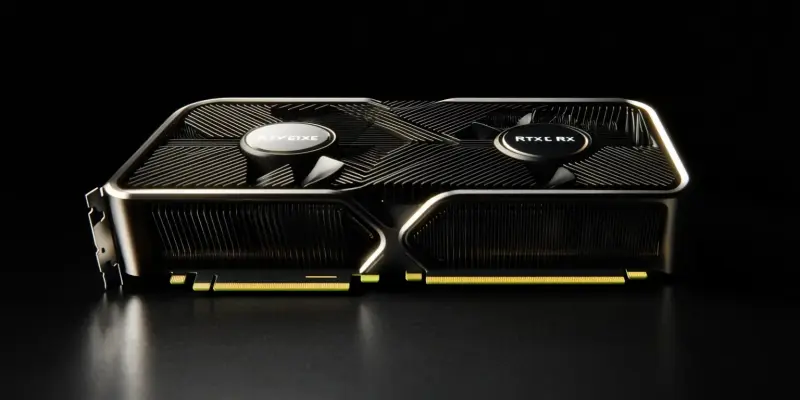In the constantly evolving world of gaming technology, NVIDIA has consistently been at the forefront, pushing boundaries and setting new standards for performance. The introduction of NVIDIA Reflex 2 marks another significant milestone in this journey. Designed to drastically decrease input latency, Reflex 2 promises to elevate the gaming experience by providing quicker and more responsive frame updates. Initially available exclusively with the RTX 50 series GPUs for both desktops and laptops, this technology mandates an NVIDIA driver version of 570 or higher for optimal functionality. While Reflex 2 will debut with the latest RTX hardware, future updates are set to extend its support to older RTX GPUs, reflecting NVIDIA’s commitment to enhancing gaming across a broad spectrum of devices.
The Frame Warp Feature: A Game-Changer
The centerpiece of Reflex 2 is its innovative Frame Warp feature, which sets it apart from its predecessor and other prevailing methods. The original Reflex technology improved gaming performance by synchronizing the CPU and GPU frame generation, but Reflex 2 goes a step further by enabling the CPU-generated frame to be warped based on the latest mouse input before the GPU processes it. This additional layer of responsiveness is particularly beneficial in CPU-intensive games such as CS, Valorant, and Final, where split-second reactions can significantly impact gameplay outcomes. NVIDIA claims a nearly twofold increase in speed and a reduction in input latency by up to 75% compared to traditional approaches. These advancements ensure that gamers enjoy smoother and more immersive experiences, reducing the frustrating lag that can compromise performance in critical gaming moments.
Compatibility and Future Expansion
Although Reflex 2 initially launches exclusively with the RTX 50 series, its theoretical compatibility with prior RTX GPUs underscores a broader applicability. NVIDIA has assured users that support for older RTX graphics cards will come through future software updates. This inclusive approach not only expands Reflex 2’s reach but also highlights NVIDIA’s commitment to delivering cutting-edge technology to a wider audience. By enabling Reflex 2 through software upgrades, NVIDIA ensures gamers with older rigs can benefit from reduced input latency and enhanced performance. This backward compatibility aligns with industry trends, emphasizing continuous improvement and user accessibility.
In summary, NVIDIA Reflex 2 signifies a significant leap in gaming technology, mainly due to its innovative Frame Warp feature. Initially, it will launch with the latest RTX 50 series GPUs, but its future expansion to older RTX models signals a new era of gaming performance enhancements. The expected impact on gaming experiences underscores NVIDIA’s ongoing efforts to refine and elevate immersive and responsive gameplay. Reflex 2 continues to demonstrate NVIDIA’s unwavering commitment to innovation and excellence in the gaming industry.

